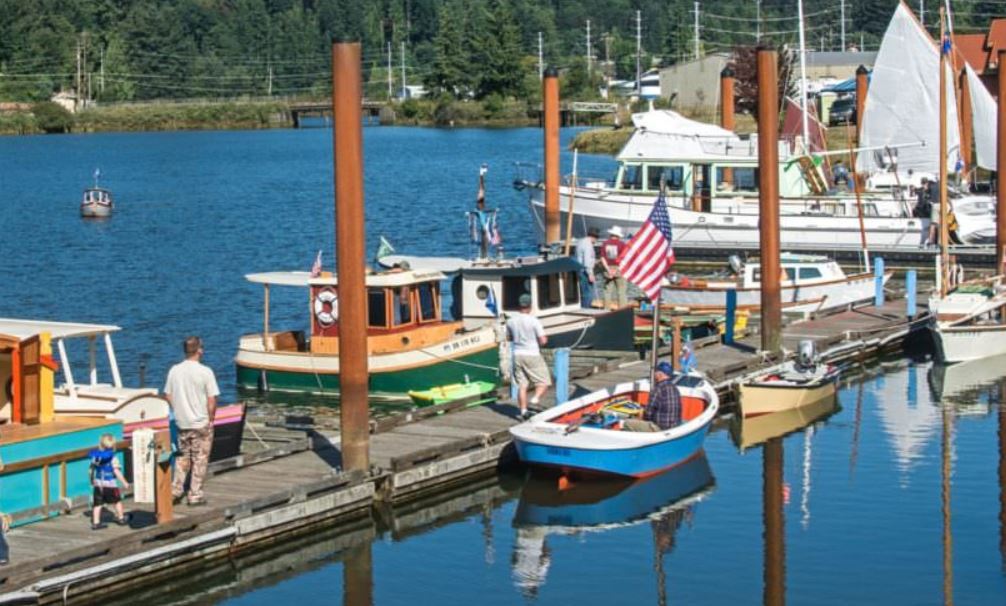Toledo, Ohio, often called the “Glass City,” is known for its rich history, vibrant culture, and distinct seasonal changes. The weather in Toledo is not just a backdrop; it plays a significant role in the lives of its residents and the rhythm of the city itself. This article delves into the seasonal weather patterns in Toledo, providing insights into how these changes affect daily life, local activities, and the natural environment.
Winter: A Season of White
Winter in Toledo typically spans from December to February, characterized by cold temperatures, snow, and a unique beauty that blankets the city in white. The average temperatures during this season hover around 20°F to 35°F, but wind chill can make it feel considerably colder.
- Snowfall: Toledo receives an average of 40 to 50 inches of snow each winter. This snowfall can lead to both challenges and opportunities for residents.
- Winter Activities: The snow provides a backdrop for various winter sports, including skiing and snowboarding at nearby resorts. Additionally, the city hosts winter festivals that celebrate the season.
- Impact on Daily Life: Snowstorms can lead to school closures and difficult commuting conditions. However, residents often embrace the season with community events and celebrations.
Toledo’s winter is not just about cold and snow; it is also a time of reflection and community bonding. The holiday season brings people together through various events, markets, and festivities that light up the cold, dark days of winter.
Spring: A Rebirth of Nature

As winter fades, Toledo welcomes spring, typically from March to May. This season is marked by a transformation in both weather and the natural landscape.
- Temperature Rise: Average temperatures begin to rise from the 40s to the 70s, creating a refreshing change after the harsh winter.
- Blooming Flora: Spring sees the blooming of flowers and trees, with cherry blossoms and tulips bringing vibrant colors to the city parks and gardens.
- Outdoor Activities: With the return of warmer weather, residents engage in outdoor activities such as hiking, biking, and visiting local farmers’ markets.
This season also marks the beginning of the agricultural cycle in the surrounding areas, with local farms starting to plant crops. The Toledo area is known for its rich agricultural landscape, making it a hub for fresh produce during the warmer months.
Summer: Heat and Humidity

Summer in Toledo spans from June to August and is often characterized by warm temperatures, high humidity, and vibrant community life.
- Temperature Trends: Average summer temperatures range from 70°F to 90°F. The heat can sometimes feel oppressive, particularly during heatwaves.
- Humidity: Humidity levels can rise significantly, often leading to discomfort for residents. Thunderstorms are common, providing temporary relief from the heat.
- Community Events: Summer is a season filled with festivals, concerts, and outdoor events. The Toledo Zoo and local parks become hotspots for families and tourists alike.
Summer in Toledo also sees an increase in tourism, with many visitors drawn to the city’s attractions such as the Toledo Museum of Art and the Maumee River. Local businesses thrive during this season, contributing to the city’s economy.
Autumn: A Tapestry of Colors

As summer gives way to autumn (September to November), Toledo experiences a stunning transformation. The fall foliage creates a picturesque landscape, making it a favorite season for many residents.
- Temperature Transition: Average temperatures decrease from the 70s in September to the 40s and 50s by November, leading to crisp, cooler days.
- Fall Foliage: The changing colors of leaves create a breathtaking visual display, attracting many to local parks and nature trails.
- Harvest Season: Autumn is synonymous with harvest time in the surrounding agricultural areas, leading to numerous harvest festivals and pumpkin patches.
Toledo’s autumn is a time for reflection and gratitude, with many community events centered around Thanksgiving and harvest celebrations. The season showcases the city’s commitment to local agriculture, with many residents participating in farm-to-table initiatives.
Climate Change and Its Impact on Toledo’s Seasons

In recent years, Toledo, like many other cities, has seen the effects of climate change, which have begun to alter seasonal patterns.
- Temperature Fluctuations: Average temperatures in Toledo have risen, leading to milder winters and hotter summers.
- Changing Precipitation Patterns: Increased rainfall during certain seasons has been observed, leading to flooding and other weather-related issues.
- Impact on Ecosystems: Changes in seasonal weather patterns affect local wildlife and plant life, leading to shifts in migration and blooming times.
These changes not only affect the environment but also influence local economies, agriculture, and community planning. It is essential for residents and policymakers to adapt to these changes to ensure a sustainable future for Toledo.
Conclusion: Embracing the Seasons of Toledo
The changing seasons of Toledo offer a unique lens through which to view the city’s culture, economy, and environment. From the frigid winters to the vibrant springs and sweltering summers, each season brings its own beauty and challenges. Understanding these seasonal shifts is crucial for residents as they navigate daily life, engage in community activities, and adapt to the impacts of climate change.
As Toledoans, embracing the seasons means not only enjoying the beauty of nature but also fostering a community that thrives in harmony with its environment. By recognizing the significance of each season, residents can better appreciate the rich tapestry of life that Toledo offers throughout the year.


